
views
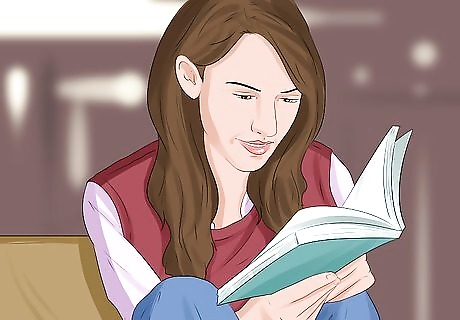
Learn the Modern Hebrew alphabet and how to pronounce each letter: א - vowel soundב - B or Vג - Gג׳ - Jד - Dד׳ - Th (as in 'that')ה - H or silent at end of wordsו - O, U, V, or Wז - Zז׳ - Zhח - Hט - Tי - I or Yכ - K or Kh (printed as ך at end of word)ל - Lמ - M (printed as ם at end of word)נ - N (printed as ן at end of word)ס - Sע - vowel soundפ - P or F (for F-sound, printed as ף at end of word)צ - Tz (printed as ץ at end of word)צ׳ - Ch (as in 'chair,' printed as ץ׳ at end of word)ק - Kר - Rש - Sh or Sת - Tת׳ - Th (as in 'thing')
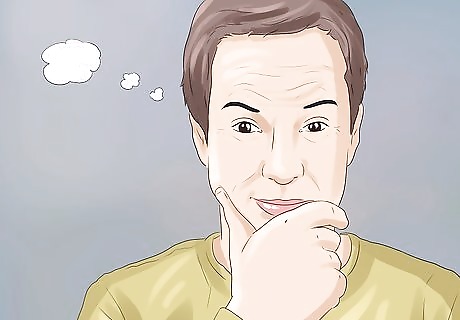
Know what Hebrew letters to use to represent what English letters: A - א (when at beginning of word or accented), nothing when not accentedB - בC (as in 'cat') - קC (as in 'center') - סCh (as in 'chair') - צ׳ (use ץ׳ when the final letter of a word)Ch (as in 'Christopher') - כ (use ך when the final letter of a word)Ch (as in 'Chicago') - שD - דE (as in 'bed') - א when first letter of word, no letter when in middle or wordE (as in 'green') - יF - פ (use ף when the final letter of word)G (as in 'goose') - גG (as in 'gem') - ג׳H - הI - יJ - ג׳K - קL - לM - מ (use ם when the final letter of a word)N - נ (use ן when the final letter of a word)O (as in 'hot') - וO (as in 'off') - וO (as in 'go') - וP - פ (use פ even at end of word)Q or Qu (as in 'Qatar') - קQu (as in 'queen') - קוR - רS (as in 'soda') - סS (as in 'is') - זSh - שT - ט or תTh (as in 'thing') - ת׳Th (as in 'that') - ד׳U (as in 'cup') - אU (as in 'put') - וU (as in 'gnu') - וV - ב or וW - וX - קסY - יZ - זZh - ז׳

Keep in mind that while English is written from left to right, Hebrew is written from right to left. Take notice of that on this page. Most computers and devices, if you switch to a Hebrew font, will automatically change this for you.
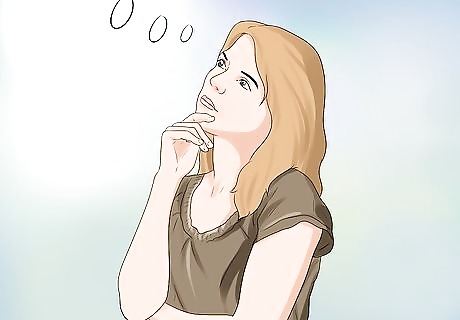
Know the rules for representing all the different vowel sounds, as follows: For A as in 'apple', use א when at the beginning of a word or when strongly accented (as in 'Harry,' which is spelled הארי). For non-accented A-sounds (as in 'Canada,' which is spelled קנדה), omit א. For A as in 'father,' park,' or 'what,' use א For A as in 'cake,' use יי (spelled as קייק) For E as in 'bed,' do not use a letter (bed would be spelled בד). If the E sound starts the word, use א (as in Ed, spelled אד). For E as in 'green,' use י (spelled as גרין) For E as in 'Megan' use יי (spelled מייגן) For I as in 'big' use י (spelled ביג) For I as in 'ski' use י (spelled סקי) For I as in 'ride' use יי (spelled רייד) For O as in 'hot' use ו (spelled הוט) For O as in 'dog' use ו (spelled דוג) For O as in 'go' use ו (spelled גו) For O as in 'mother' use א (spelled מאת׳ר) For U as in 'cut' use א (spelled קאט) For U as in 'put' use ו (spelled פוט) For U as in 'gnu' use ו (spelled נו) For Au as in 'August' or Aw as in 'law,' use או (spelled as אוגוסט, לאו) For Ou as in 'mouse' or Ow as in 'how,' use או (spelled as מאוס, האו) For Ou as in 'young' use א (spelled יאנג) For Oi as in 'coin' or Oy as in 'boy,' use וי (spelled as קוין, בוי) For A followed by an L (as in 'fall') use ול (spelled פול) For vowels with ambiguous sounds, use the Hebrew letter that represents that vowel (e.g. New York ניו יורק, London לונדון)
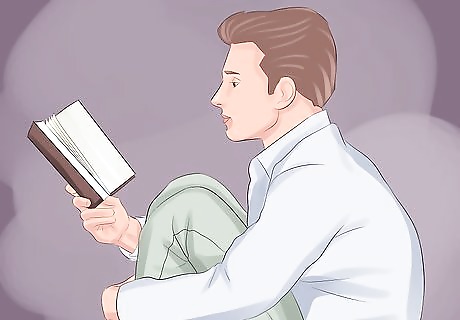
Note that most words are spelled as they sound, ignoring silent letters that are found in English spellings and deviations from customary pronunciations of English letters. For example, the word 'doubt' is spelled דאוט, not including the silent B. The city of Houston is spelled יוסטון, ignoring the fact that the 'YOO' sound at the beginning is spelled with the letters HOU.
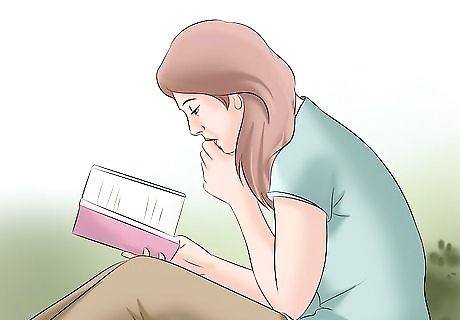
Be aware that identical letters that are doubled for a single syllable are generally not doubled in Hebrew. For example, 'baseball' is spelled בייסבול, not בייסבולל. Sometimes, exceptions are made to distinguish one word from another. For example, 'John' is spelled ג׳ון and 'Joan' is spelled ג׳ואן. 'Annie' is spelled אנני to distinguish from אני (pronounced ah-nee), the Hebrew word for 'I.'
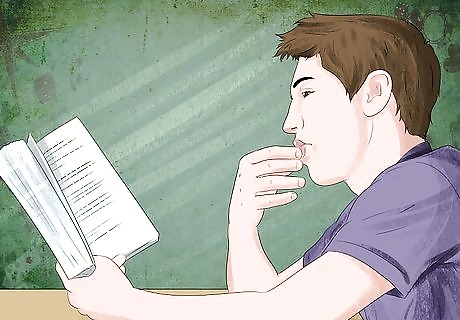
Note that several pairs of Hebrew letters sound alike. ב and ו can both make the V sound. Generally, ו is used at the beginning of words and ב elsewhere in words, though ו can be used for a V sound elsewhere in words. This is to eliminate confusion, as ב can also make a B sound, and ו can also be used for O, U, and W. ט and ת can both make the T sound. Generally ט is used by default for transliterations. ת is used when a Th makes a T sound as in 'Thomas.' כ and ק can both make the K sound. Generally, ק is used for transliterations of both C and K. כ is used for a Ch pronounced like a K as in 'Christopher.' ס and ש can both make the S sound. Generally, ס is used for transliterations. ש can also the Sh sound and is use for Sh. א and ע are both 'silent letters' that can represent vowels. Generally, א is used for transliterations. ע is usually used only in native Hebrew words and for a vowel sound following an identical vowel sound. In Yiddish, ע represents the letter E, distinguishing it from א representing the letter A, though this is not done in Hebrew. ח and כ/ך can both make the Ch/Kh sound not found in English, but found in other languages, such as German, Polish, and Scottish. When transliterating loanwords from languages with these sounds, ח is generally used to represent letters near the 8th position of the alphabet, and כ/ך is used to represent letters near the 11th position of the alphabet. Such loanwords are generally pronounced with the H or K sound respectively by English-speakers.
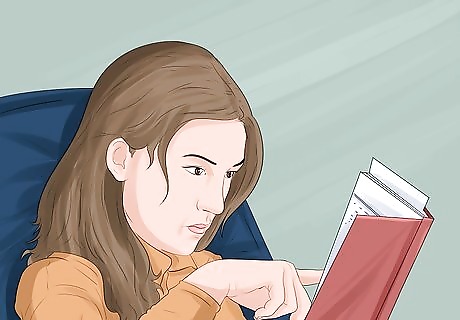
Note that the letter ו (known as vav or waw), as mentioned above, can represent 4 different English letters. In all, it has the potential, either as a standalone or in conjunction with other letters, to represent as many as nine phonetic sounds. ו is also a prefix that is added to the beginning of Hebrew words to represent the word 'and' proceeding any word. For this reason, care must be taken whenever a ו is used in any word. For most words beginning with a V sound, use ו. When a ב appears at the beginning of a word, it is normally a B sound. It is preferable to use ב for a V sound in the middle of or at the end of a word. If using ו in the middle of a word followed by A, E, or I, use two a double ו (e.g. Denver דנוור or Louisville לואיוויל). If the V follows an O or U, use a ב. For a W sound at the beginning of a word followed by the letter A, use וו (e.g. Washington וושינגטון). For a W sound at the beginning of a word followed by other English vowels, use a single ו (e.g. West וסט, WikiHow ויקיהאו, Wolf וולף, Wuppertal וופרטל). For a W sound in the middle of a word followed by an A, E, or I, use וו. For a W sound in the middle of a word followed by an O or U, use a single ו followed by a second ו for the O or U. Three or more vavs are never placed in succession, so words like 'wood,' which is a portion of many names (e.g. Brentwood ברנטווד), is spelled ווד.

Learn some other useful transliterations: For words beginning with a short A or E, use א (e.g. 'apple' אפל) For words beginning with a long E or short I, use אי (e.g. 'internet' אינטרנט) For words beginning with a long A or I, use איי (e.g. 'iPhone' אייפון) For words beginning with a long O or U sound, use או (e.g. 'open' אופן). For words ending in the A sound, use ה in most cases (e.g. 'Obama' אובמה). When a word has an S at the end for a plural or possessive, use ס (e.g. twins טווינס, Frank's פרנקס).
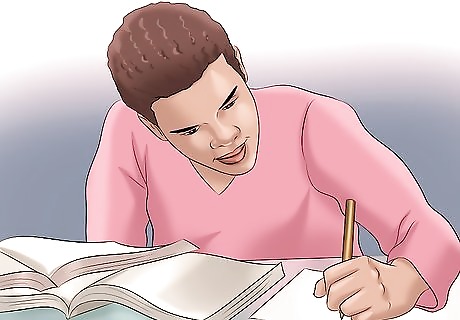
*.היר איז אן אקסמפל. קאן יו ריד איט? איף יו קאן, גרייט! איף נוט, ד׳ן סטאדי ד׳יס סאם מור אלסו, פיל פרי טו הלפ אדיט ד׳יס פייג׳


















Comments
0 comment